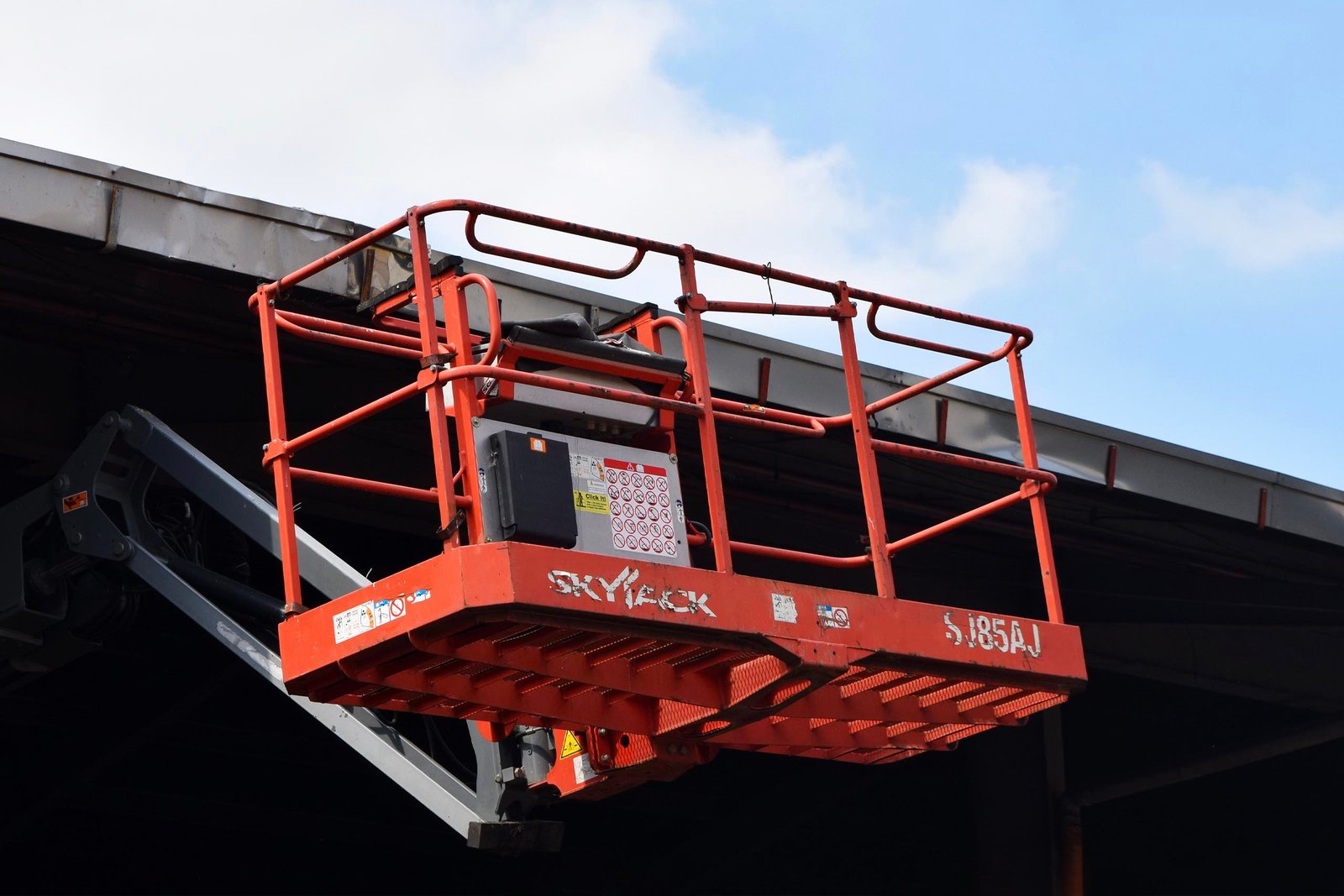The Right Kind of Lift
A boom lift and a scissor lift are both types of aerial work platforms that are used to lift workers and equipment to heights for various tasks. However, there are some key differences between the two types of lifts.

When it comes to working at height, choosing the right equipment is crucial. Two popular options for lifting workers and equipment are boom lifts and scissor lifts. Both have unique features and benefits, but which one is right for your project?
Boom Lifts & Scissor Lifts
Boom Lift
Boom lifts have a long arm, called a boom, that can extend horizontally and vertically. The boom can rotate 360 degrees, allowing the operator to access hard-to-reach areas. Boom lifts are generally more versatile and can reach greater heights than scissor lifts. They also have a higher weight capacity, making them suitable for heavy-duty tasks. Boom lifts are commonly used in construction, maintenance, and outdoor activities like tree trimming and window cleaning.
Scissor Lift
On the other hand, scissor lifts have a platform that moves up and down on a vertical axis, similar to an elevator. Scissor lifts are best for tasks that require straight vertical movement, as they cannot extend horizontally. They have a larger platform, allowing more people or equipment to be lifted at once. Scissor lifts are often used in indoor environments like warehouses, factories, and maintenance tasks in office buildings.
Choosing Between the Two
Here are some factors to consider when choosing between a boom lift and a scissor lift:
- Height and Reach Requirements: One of the primary factors to consider when choosing between a boom lift and a scissor lift is the height and reach requirements for your project. Boom lifts are ideal for tasks that require vertical and horizontal reach, as they can extend up and out. Scissor lifts, on the other hand, are better suited for tasks that require a straight vertical lift, as they can only move up and down.
- Working Surface: The surface on which you will be working is also an important consideration. Boom lifts are better suited for rough or uneven terrain, as they have four-wheel drive and can operate on slopes. Scissor lifts, on the other hand, are best for flat and stable surfaces.
- Weight Capacity: Another factor to consider when choosing between a boom lift and a scissor lift is weight capacity. Boom lifts generally have a higher weight capacity than scissor lifts, making them a better choice for tasks that require lifting heavy materials or equipment.
- Maneuverability: The maneuverability of the equipment is another important factor to consider. Boom lifts are more maneuverable than scissor lifts, as they have a greater range of motion and can reach difficult areas. Scissor lifts are less maneuverable but have a smaller footprint, making them easier to use in tight spaces.
- Cost: Finally, cost is an important consideration when choosing between a boom lift and a scissor lift. Boom lifts tend to be more expensive than scissor lifts, but they offer greater flexibility and reach. Scissor lifts are more affordable and are ideal for tasks that require a simple vertical lift.
In conclusion, both boom lifts and scissor lifts have unique features and benefits that make them ideal for specific tasks. When choosing between the two, consider the height and reach requirements, working surface, weight capacity, maneuverability, and cost. By taking these factors into account, you can select the equipment that is best suited for your project and ensure the safety of your workers.
Read more about our manlifts and scissor lifts and request a quote for your project.
Want to know more?
Contact us for any questions or concerns about heavy equipment or our products and services. We’ll be more than happy to help.
